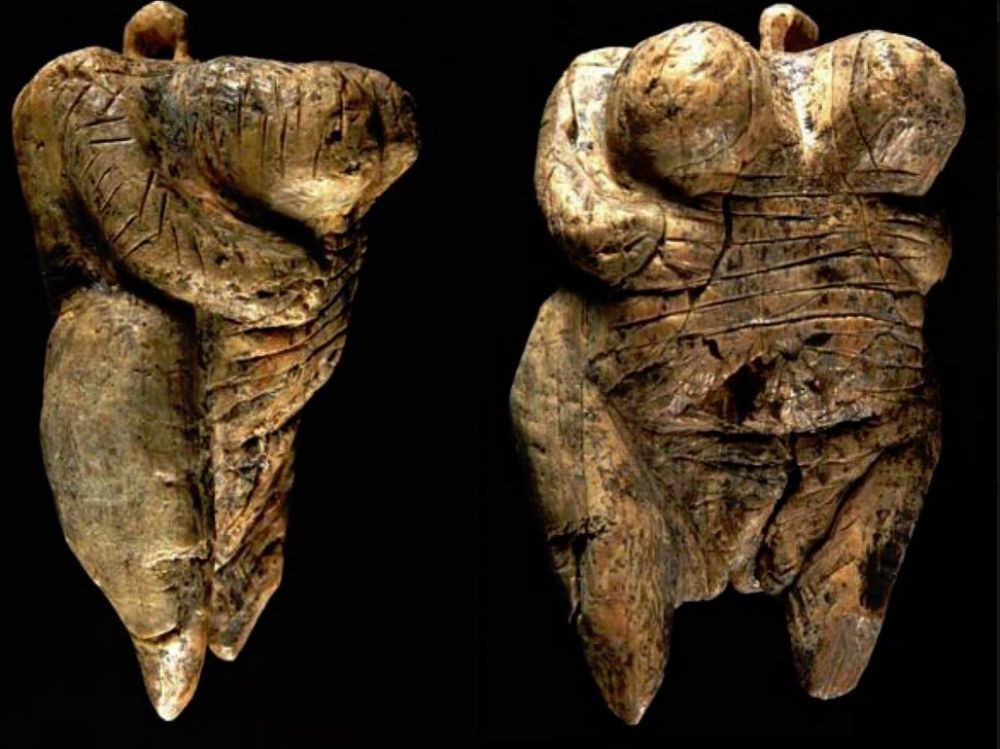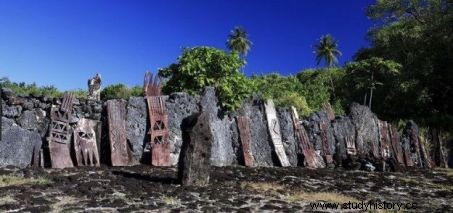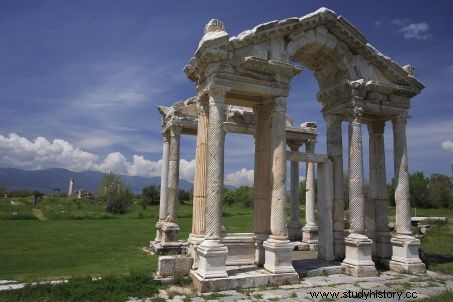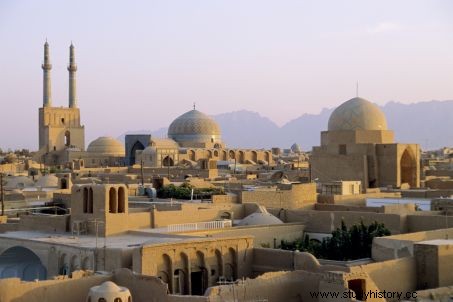Until July 12, 2017, UNESCO is inscribing new sites on its World Heritage List.

This 40,000 year old ivory Venus is the oldest known human representation. It was discovered in Hohle Fels, in one of the caves of the Swabian Jura (Germany), classified this year on the World Heritage List.
Prehistory in the spotlight . Six caves in the Swabian Jura, located in southern Germany, have just been inscribed on the UNESCO World Heritage List, joining the prestigious Taj Mahal in Agra (India), or Machu Picchu (Peru) and the cohort of 1,070 sites already inscribed since 1976, the year the UNESCO World Heritage Committee was created. It was in one of these caves, in Hohle Fels, that in 2008, the oldest figure of humanity was discovered. A statuette of Venus carved from mammoth ivory, around 43,000 years old. This sculpture had been succeeded by figurines of cave lions, horses and mammoths, and some of the oldest musical instruments and ornaments ever unearthed in the world.

The marae, sacred sanctuary of Taputapuatea, in the island of Raiatea, in French Polynesia. © F.Buffetrille/Leemage/AFP
In addition to these Paleolithic treasures, the sacred site of Taputapueatea, on the island of Raiatea, in the Society archipelago was also classified this year for France. An imposing ceremonial center considered the cradle of Polynesian civilization; as well as the Neustadt, the "new town" of Strasbourg, with its neo-Gothic and art deco style buildings, bringing to 42 all the sites inscribed on the World Heritage List for France.

Remains of the Tetrapylon of the ancient city of Aphrodisias, Turkey. © Leemage
Also included in the new 2017 inventory are sites as diverse as the temples of the pre-Angkorian royal city of Sambor Prei Kuk, ancient Ishanapura, capital of the Chenla kingdom (5th-7th centuries), Cambodia; the ancient city of Aphrodisias (3rd century BC) today located in present-day Turkey; the historic city of Yazd, in Issatis Antiquity, with its network of qanats, a traditional irrigation system, near Isfahan (Iran); the fortified city of Ahmedabad (15th century), India; or the early 20th century architecture of Asmara, the capital of Eritrea, an Italian colony until 1941.

The old city of Yazd, near Isfahan, Iran. © Tibor Bogmar/Photononstop
But all did not go smoothly. Criticized by pro-Tibet activists who fear a displacement of the Tibetan nomads who live there, Unesco declared Qingha Ho Xil, in the Chinese province of Qinghai, the highest plateau in the world, a "protected area" of the world heritage Friday 7 July 2017. The same applies to the inscription of the old city of Hebron, in the south of the West Bank, which was made simultaneously on two lists, that of world heritage and that of heritage in danger, triggering a diplomatic battle and the wrath of the Israeli government, which sees in this classification a "politicization of the organization ", and the negation of the millenary links of the Jews with Hebron. Previous clashes had already taken place in 2016, requiring the intervention of Irina Bokova, the director of Unesco.
Meeting since July 2, 2017, in Krakow, Poland, the World Heritage Committee must decide until July 12, 2017, on the inscription of 37 new sites (http://whc.unesco.org/fr/list /) (link to the map of all registered sites).
These deliberations can be followed live by accessing the link below:
http://whc.unesco.org/fr/sessions/41com/
